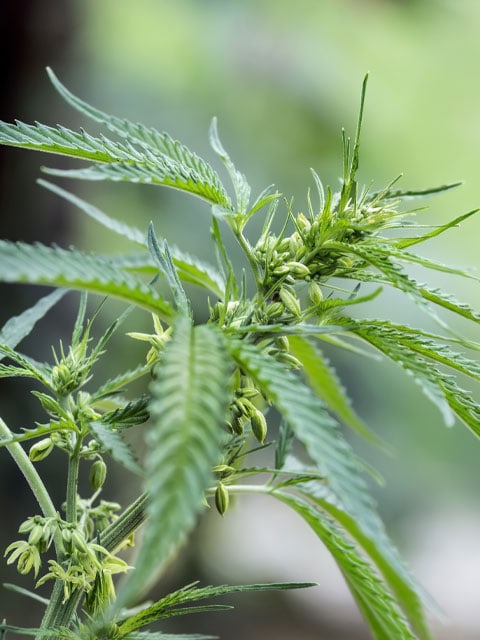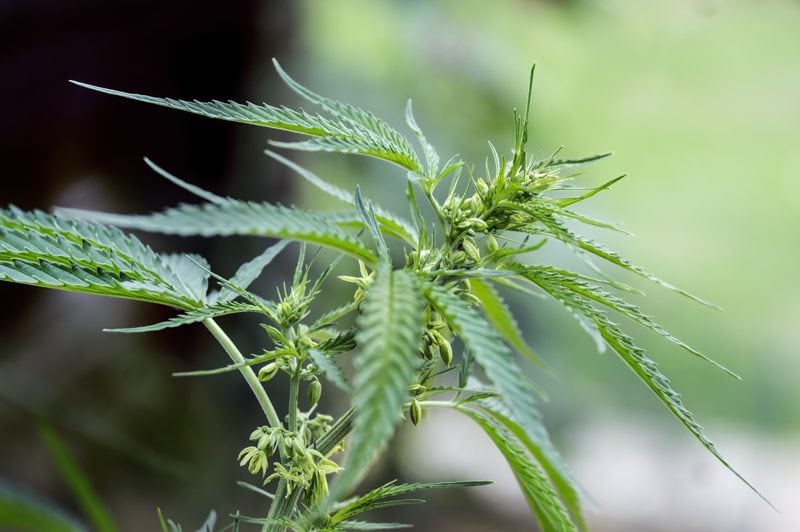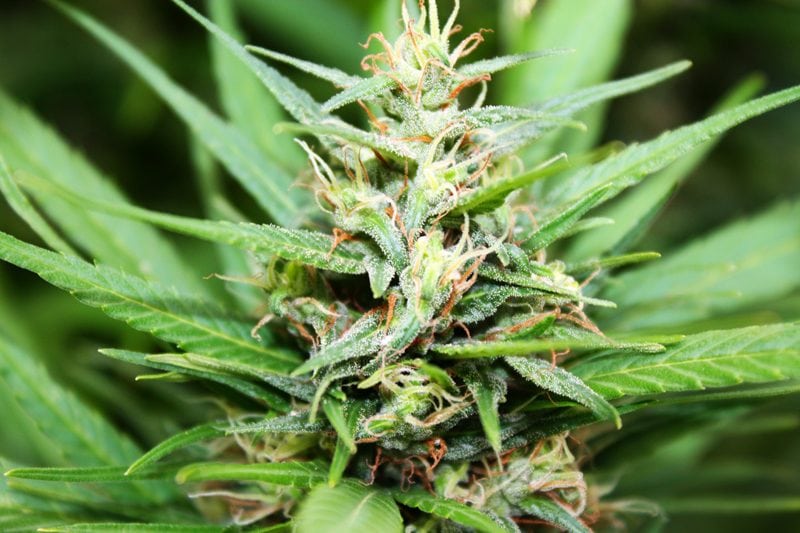


 Add to favorites
Add to favorites
I am considering dropping the word superfood from my vocabulary because just about every raw food is touted a superfood. The truth is… they all are. Each whole food is full of vibration, life, nutrients, and can have powerful effects on the body. Hemp seeds included. Many people are still confused about hemp, believing that they will get high if they consume it. Let me see if I can put your mind at ease (or disappointment) that it doesn’t affect the body or brain that way.

So what exactly is hemp, and how is it different from the psychoactive form of cannabis that we consume medicinally and recreationally? Hemp is an industrial form of cannabis that produces seeds and stalks that can then be used to make a long list of products. It goes way beyond a healthy seed that is used in the raw food diet.
The hemp seeds (or hearts) are the seeds of the hemp plant, or Cannabis sativa. Although marijuana comes from the same plant, hemp seeds only contain a trace amount of THC, the active ingredient in marijuana, and they will not get you high. In fact, hemp seeds are safe and very healthy to eat.
The seeds of the hemp plant are housed in small, brown hulls that are typically removed before we get our hands on them. The white seeds we buy at the store are the inner seeds, sometimes called the heart, and they’re soft enough to eat and cook. When the shells are left on, they are typically roasted for consumption, or you can make a raw, filtered hemp milk.
The when and how of harvesting hemp all depends on what the hemp is being grown for. But for the sake of how WE here at Nouveauraw.com use hemp, we will just go over how the seeds are harvested. First off, harvesting hemp seed is difficult and tricky. Not only do the seeds mature at different rates on different plants, but they can also mature at different times on the same plant. When the lower seeds near the stalk are mature and have split open, the seeds near the top are not yet mature. The trick is to determine at what point harvesting should take place that will amount to a minimal loss of seed.
Hemp can be grown as a renewable source of raw materials that can be incorporated into thousands of products. Its seeds and flowers are used in health foods, organic body care, and other nutraceuticals.
The woodier portions of hemp stalks produce a building material known as hempcrete, which is a carbon-negative product that can be used to replace insulation, drywall, and cement in building projects. It is a nontoxic, lightweight, durable, mold/fire-resistant, sustainable, high-quality insulator composed of hemp hurds (the center of the hemp stalk), ground limestone, and water. (1) BUT that’s not all that one can do with the plant stalks…
The seeds are commonly used for nutrient-dense health benefits. They are a balanced source of proteins, essential fats, and vitamins in nature. If you’re looking to improve digestion, balance hormones, and improve metabolism, well… hemp seeds should be part of your eating regime.
Hemp oil is used in making cooking oils, salad dressings, essential fatty acid supplements, cosmetic products, and industrial oil-based products. It’s also been explored as a biofuel diesel alternative. But, yet again, there are many other applications in which it is used…
